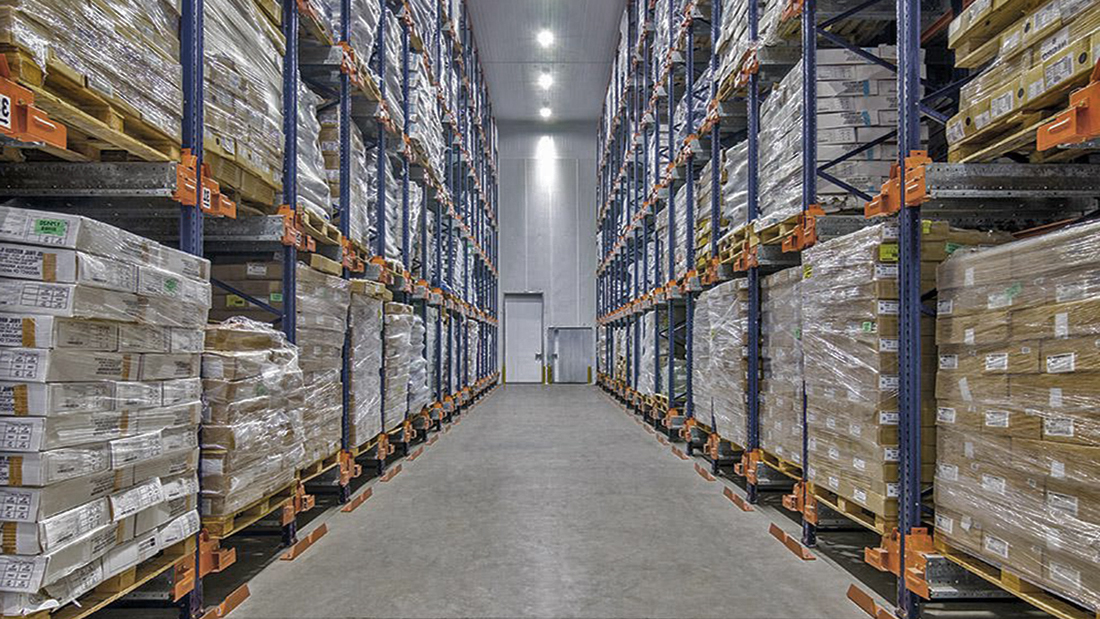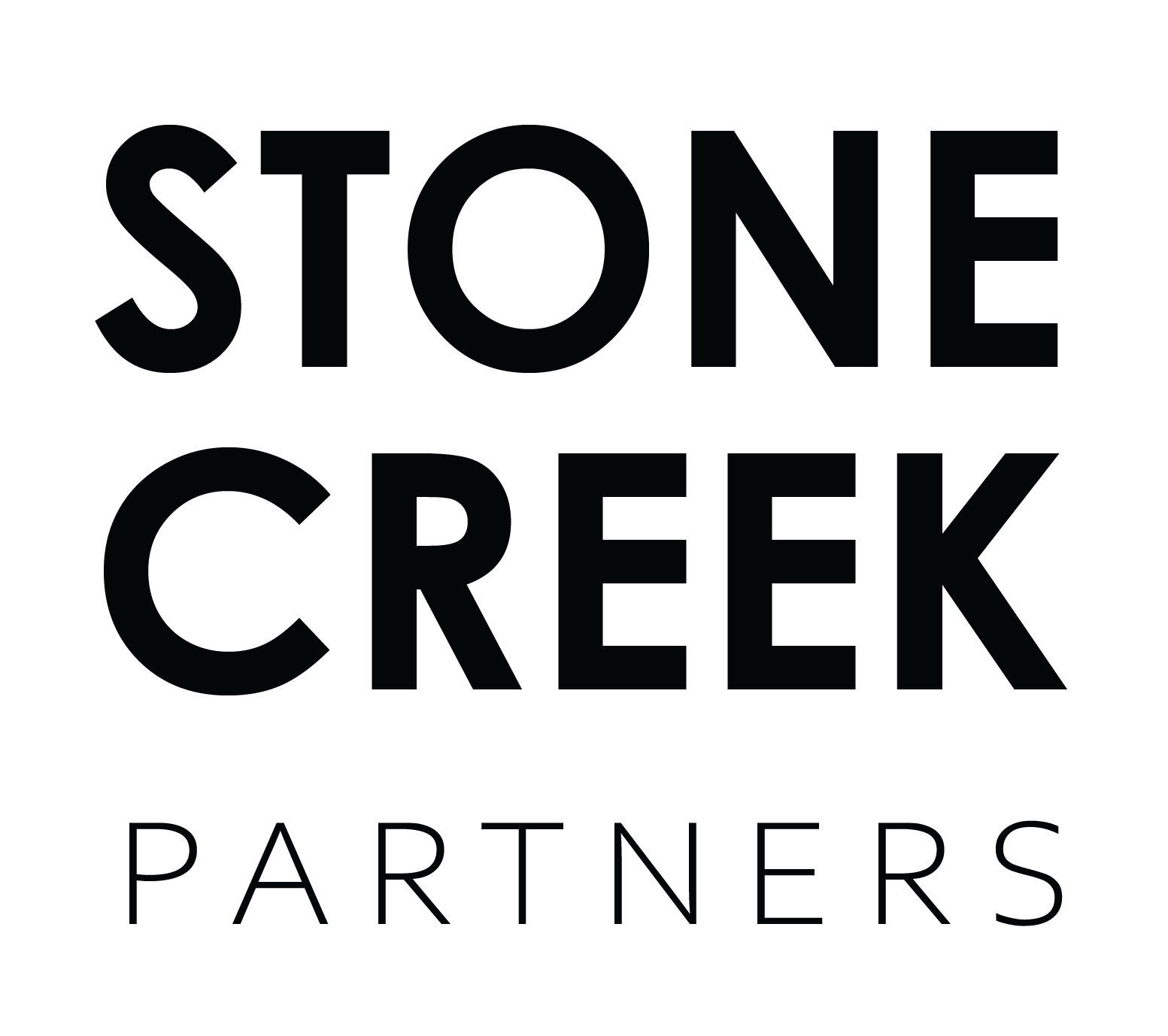| Constellation Cold Logistics S/A | 2020 | Operates across three European countries, 8 storage facilities, with 260,000 pallet positions. The network includes Stockhabo in Belgium, Lintelo in the Netherlands and Glacio in Norway. Part of Arcus Infrastructure Partners LLP. | U.K. |
| Qualianz | 2020 | Launched in 2020, an operating company which integrates 29+ facilities across Mexico and more than 100,000 temperature-controlled pallet positions. | Mexico |
| AGRO Merchants Group, LLC | 2013 | Acquired by Americold Realty Trust in 2020. AGRO Merchants Group has a 22% participation in Comfrio Soluções Logística. | U.S. |
| Lineage Logistics | 2012 | May 2020 - Lineage acquires Henningsen Cold Storage Co. | U.S. |
NewCold Advanced Cold Logistics
Tacoma, Washington
www.newcold.com | 2012 | November 2020 - NewCold is investing in a new, state-of-the art facility in Indiana and expanding its customer partnership with Conagra Brands, one of North America's leading branded food companies. The large-scale automated cold store facility will be one of the largest in the U.S. NewCold, headquartered in the Netherlands, is developing and operating a network of advanced automated facilities across Europe (United Kingdom, France, Poland, Germany, Italy), Australia, and the United States. NewCold specializes in temperature-controlled warehousing and distribution. | U.S. |
| Nichirei Logistics Group, Inc. | 2005 | A subsidiary of Nichirei Corporation. | Japan |
Centuria Industrial REIT
New South Wales, Australia
www.centuria.com.au
| 2002 | The REIT has purchased three cold store industrial facilities across Australia’s east coast. The cold storage portfolio acquisition is part of a key growth focus for the REIT in acquiring assets supporting non-discretionary, food and pharmaceutical distribution and refrigerated logistics industries, | Australia |
| Superfrio Armazéns Gerais S.A. | 1997 | The Company focuses on providing storage, transportation, packing, picking, distribution, and warehousing services. | Brazil |
| Comfrio Soluções Logísticas | 1996 | | Brazil |
| Guangdong Swire Cold Chain Logistics Co Ltd | 1986 | Acquired by China Vanke, in 2018. | China |
| Frialsa FrigorIficos, S.A. De C.V. | 1983 | | Mexico |
| Congebec Logistics, Inc. | 1974 | | Canada |
Interstate Warehousing, Inc.
| 1972 | | U.S. |
| Hanson Logistics | 1954 | | U.S. |
Trenton Cold Storage, Inc.
www.trencold.com | 1948 | Full-service refrigerated warehousing and distribution. | Canada |
| VersaCold Logistics Services | 1946 | | Canada |
Burris Logistics
Milford, Delaware | 1925 | | U.S. |
Kloosterboer
Rotterdam | 1925 | | Netherlands |
Americold Realty Trust
Atlanta, Georgia | 1903 | November 2020 - ART acquires Hall’s Warehouse Corp., a third-party logistics company (New Jersey) for $480 million, which includes eight facilities with 1.6 million SF of industrial space including 545,000 SF of cooler and freezer components. Earlier in 2020 - Americold agrees to acquire Agro Merchants Group (The Netherlands) for $1.74 billion, a privately held cold storage warehouse owner. | U.S. |
| United States Cold Storage | 1899 | | U.S. |
DFDS
Copenhagen, Denmark | 1866 | September 2021 - acquires HSF Logistics Group to create one of Europe’s largest cold chain logistics providers. The temperature-controlled activities embedded in DFDS’ three existing Logistics business units – Nordic, Continent and UK & Ireland – will be merged with the HSF Logistics Group. | Denmark |
Ti Cold Development
www.ticold.com | | September 2020 — Ti Cold is developing a 315,000 SF cold storage facility in Phoenix's Copperwing Logistics Park. Ti Cold Development is a division of Tippmann Innovation (‘Ti’) | U.S. |
| VX Cold Chain Logistics | | | China |


